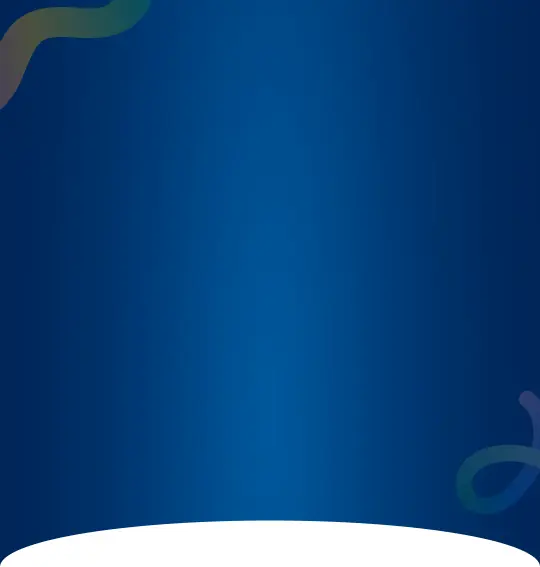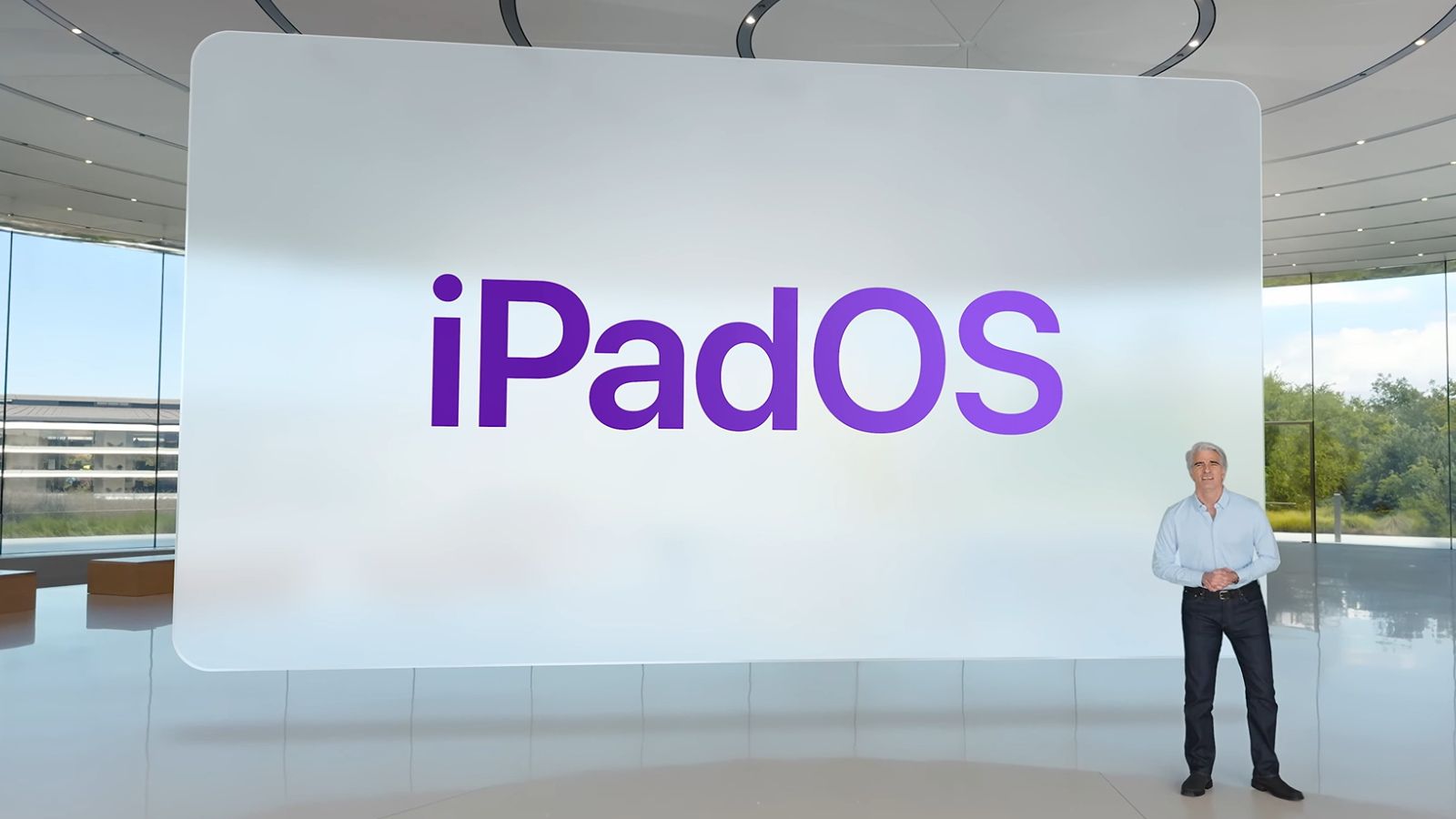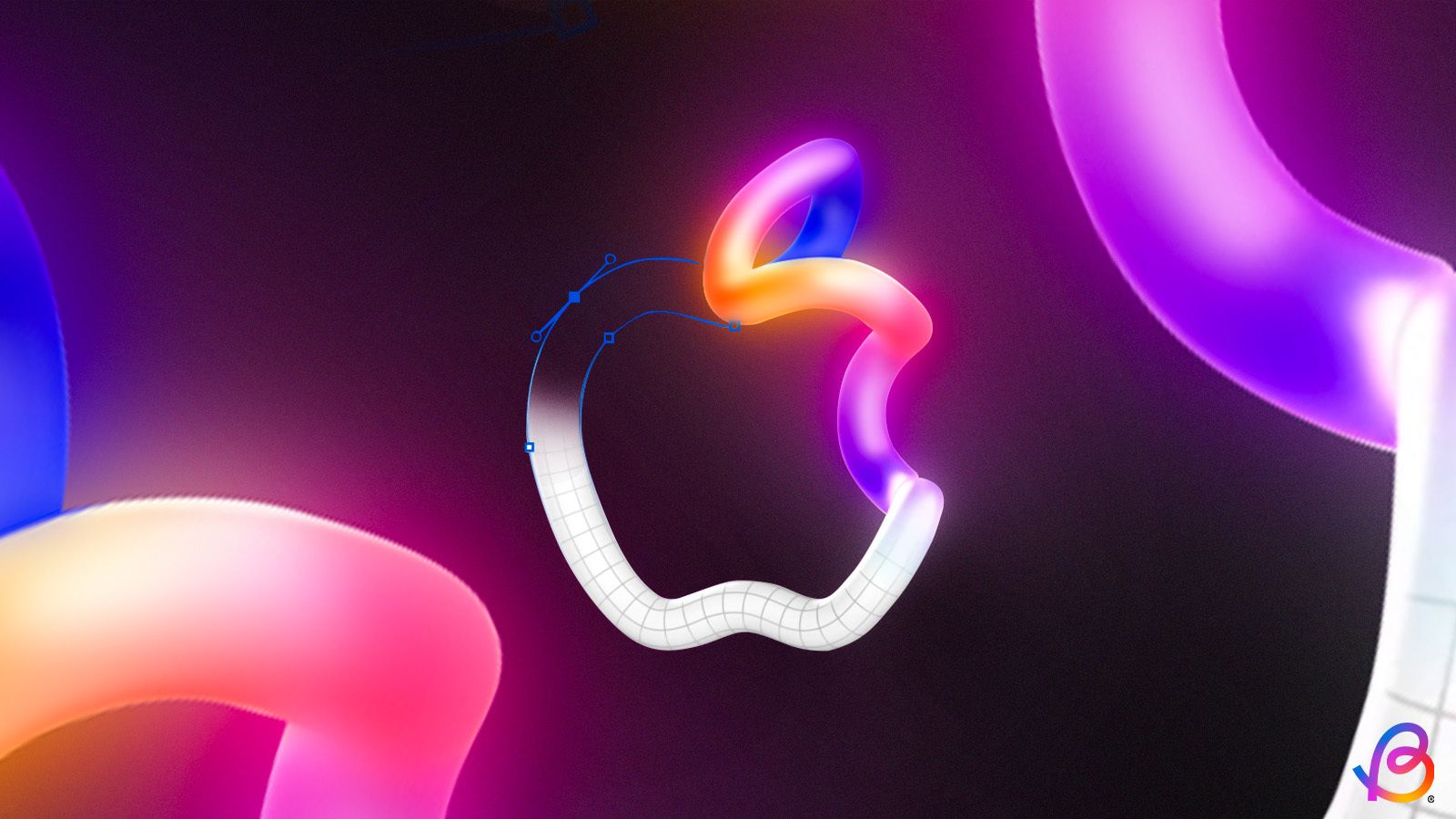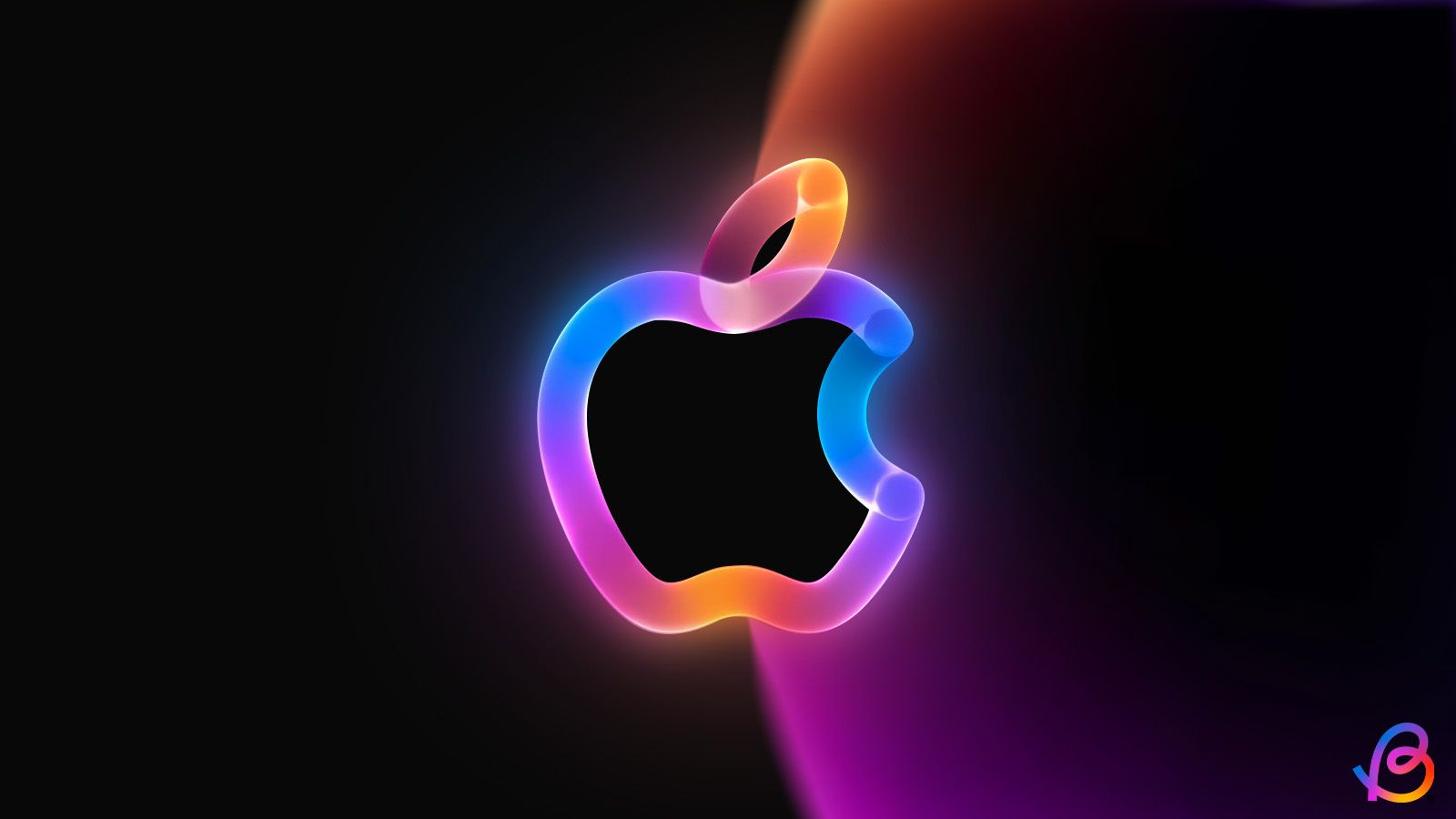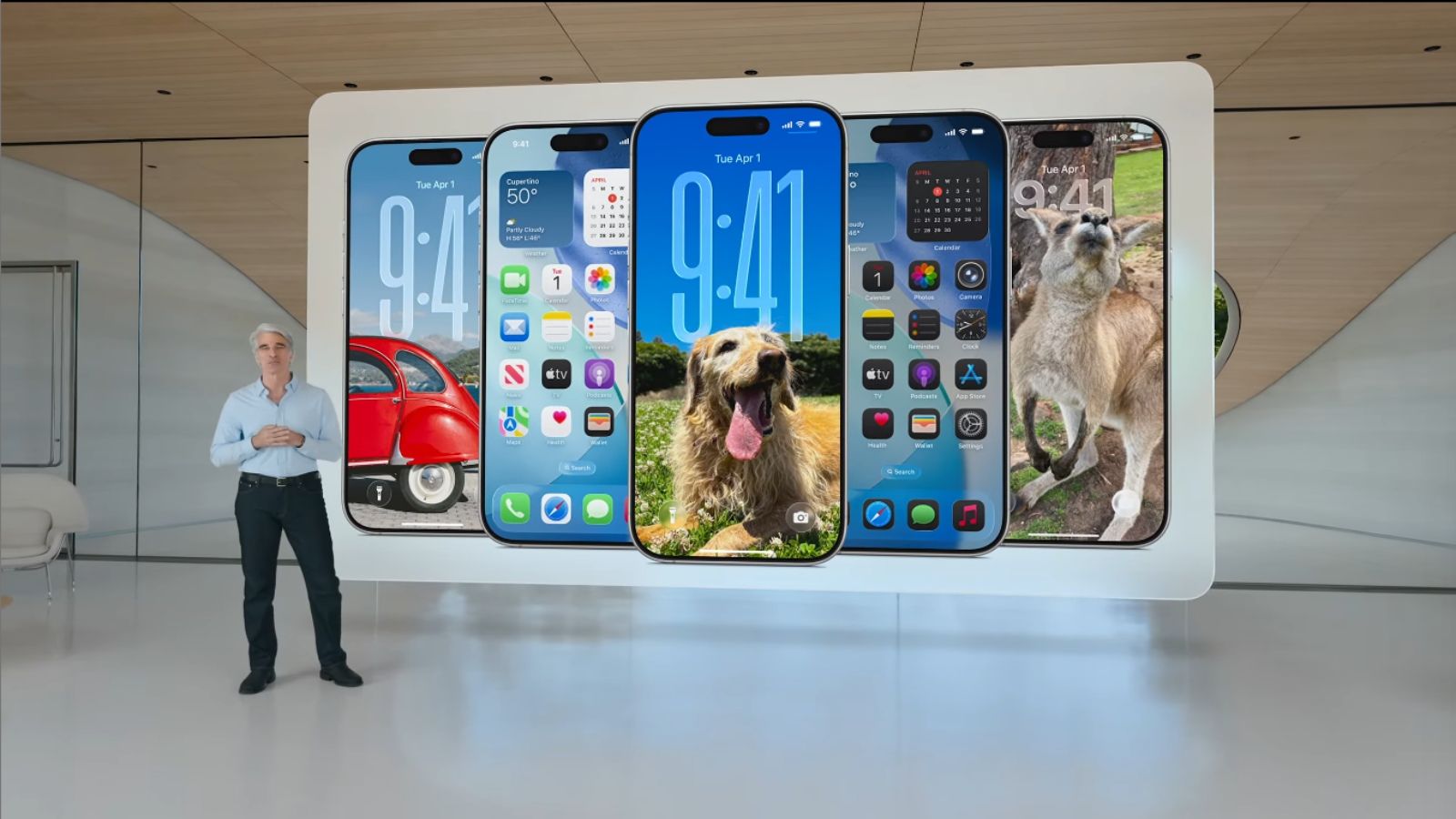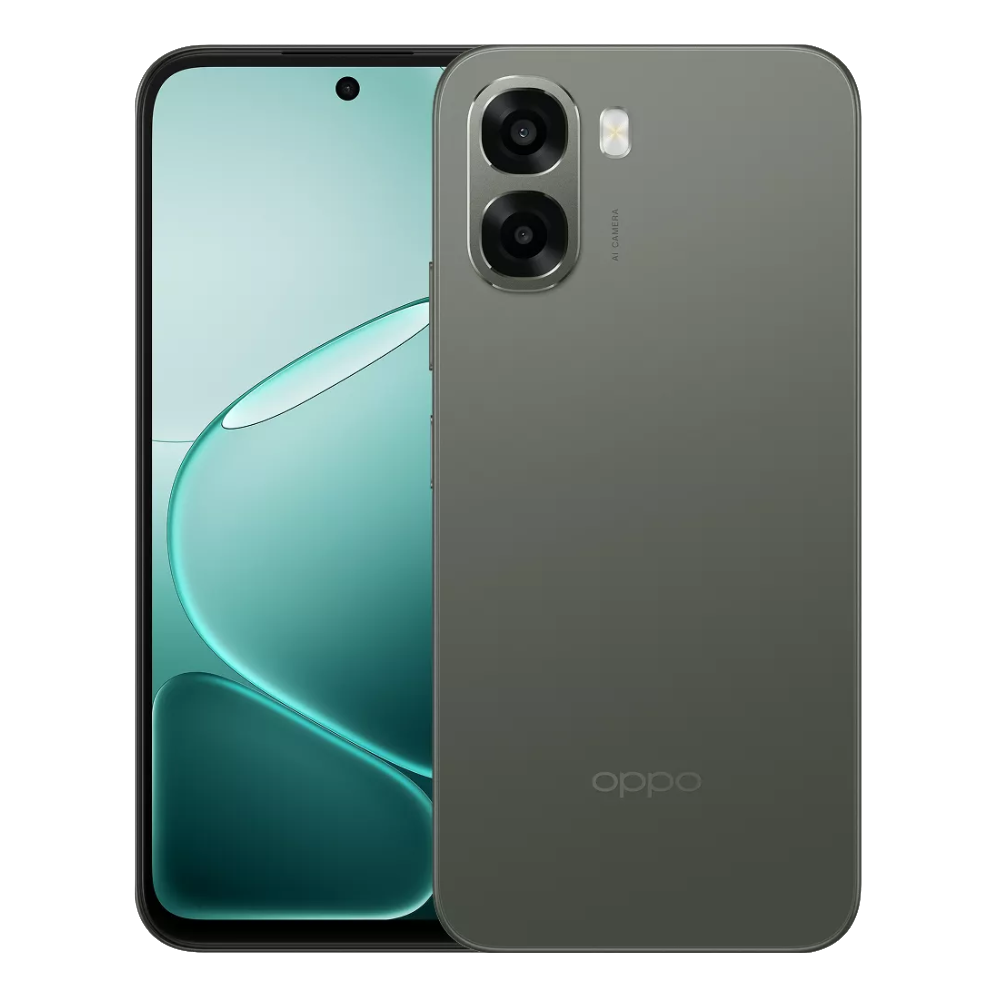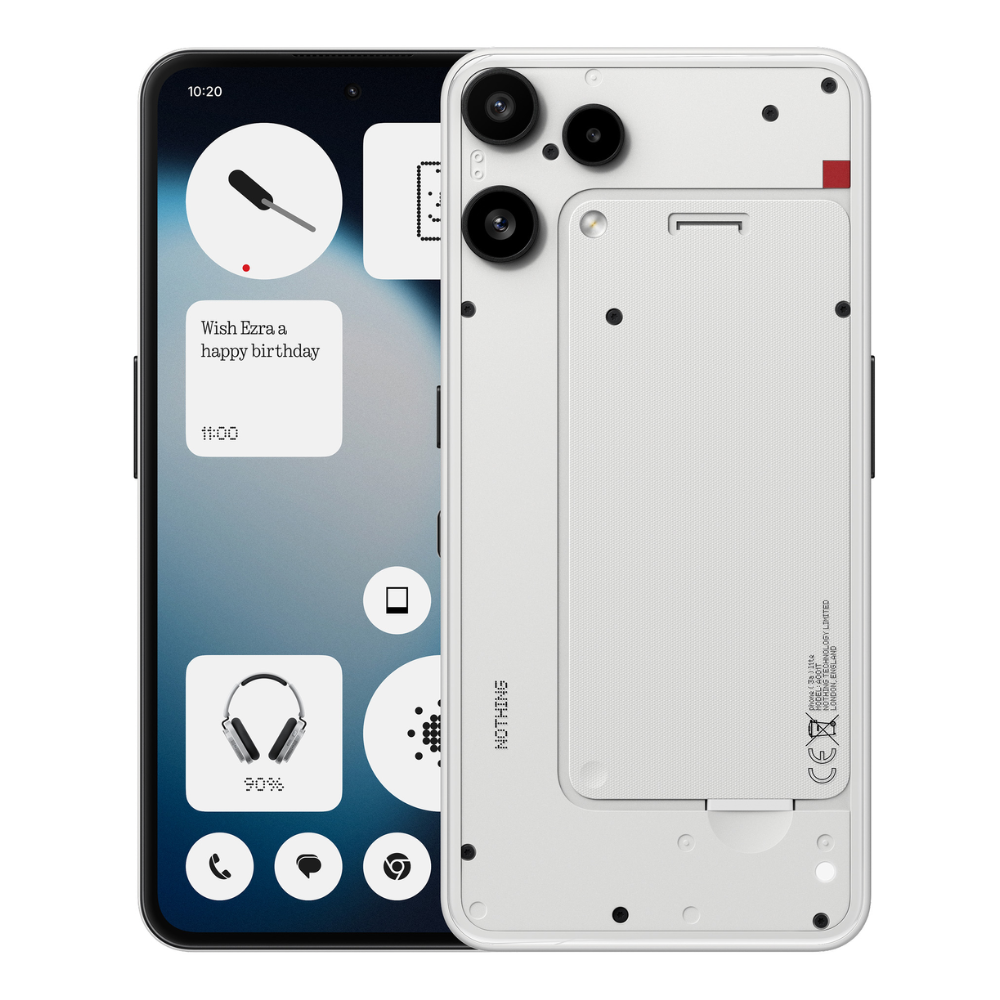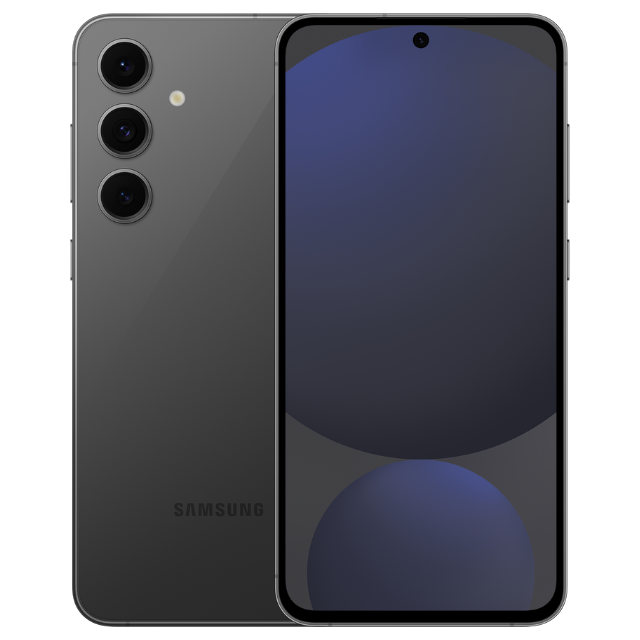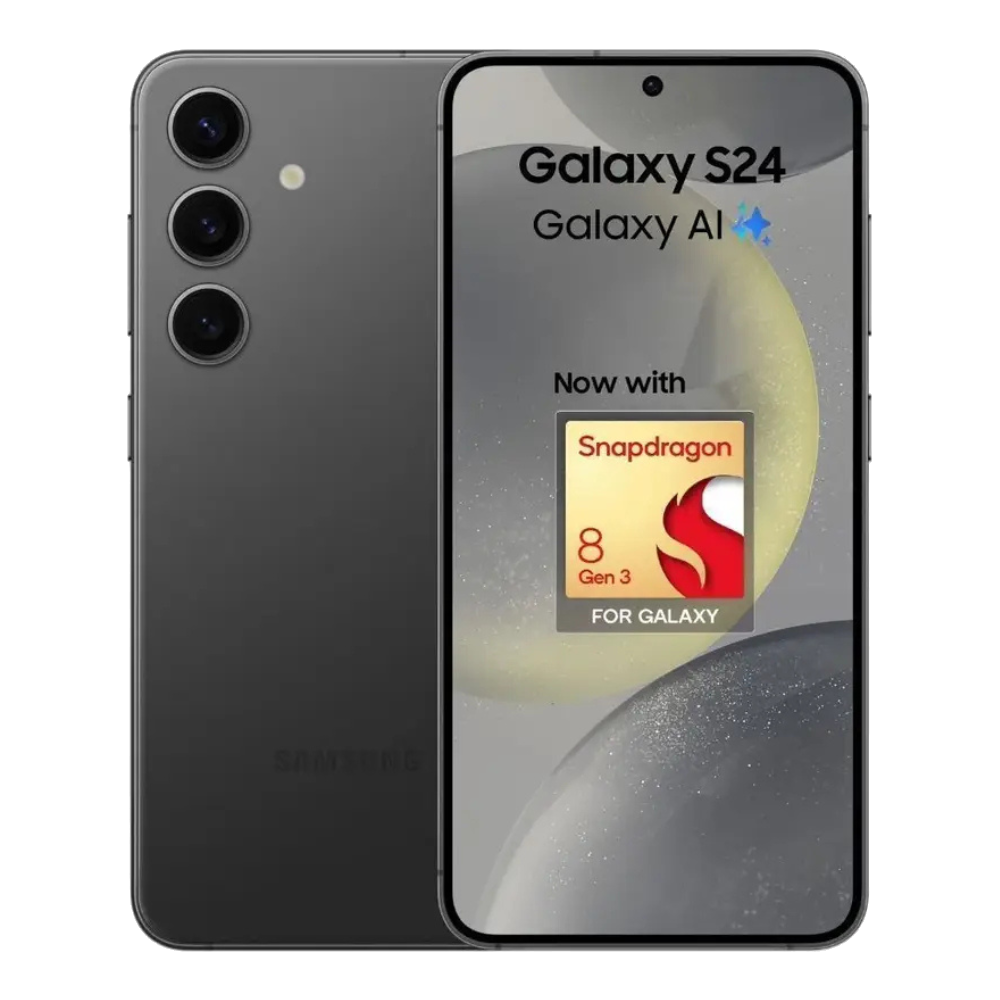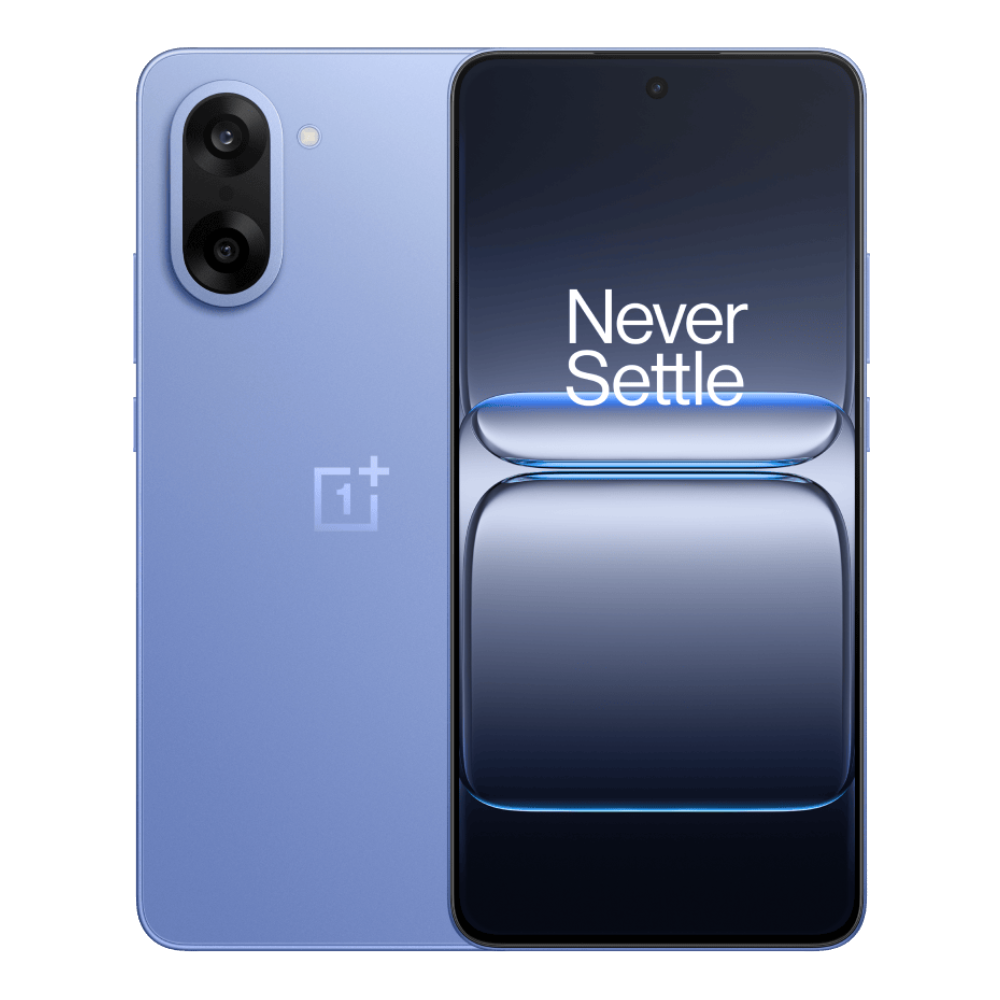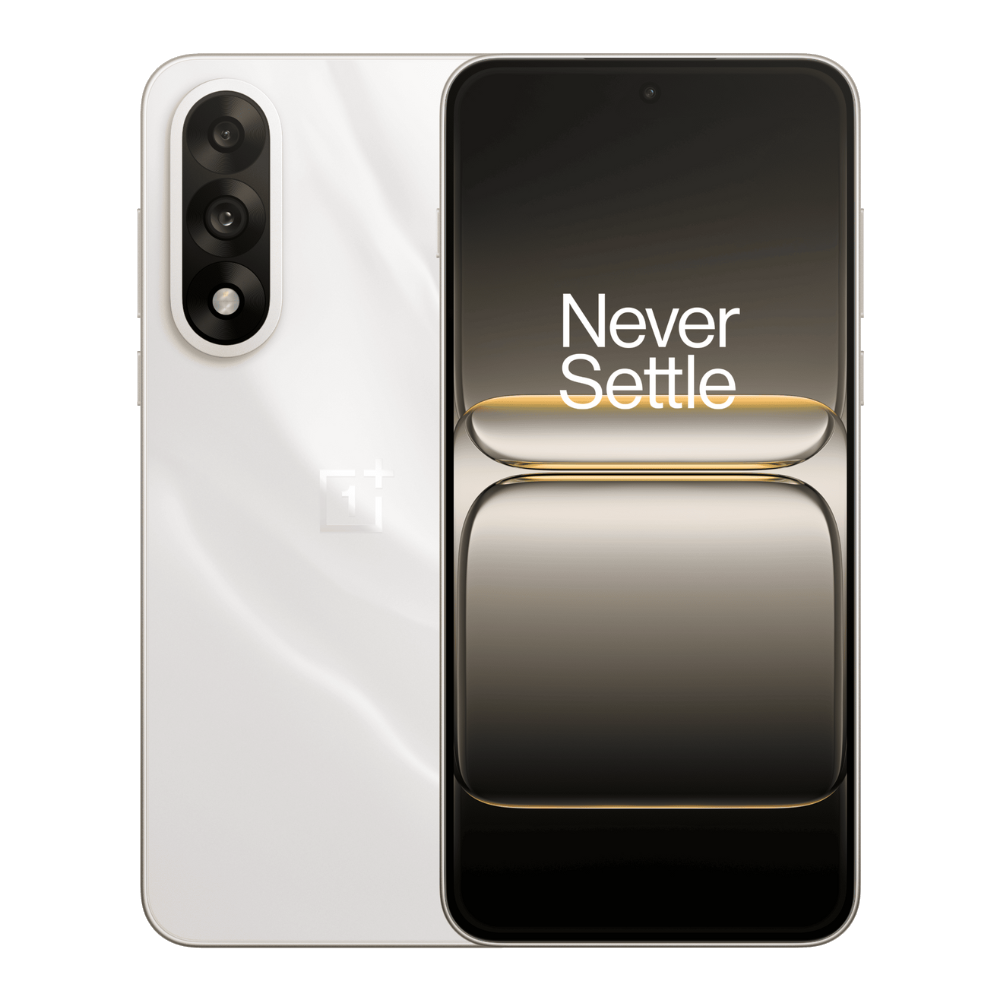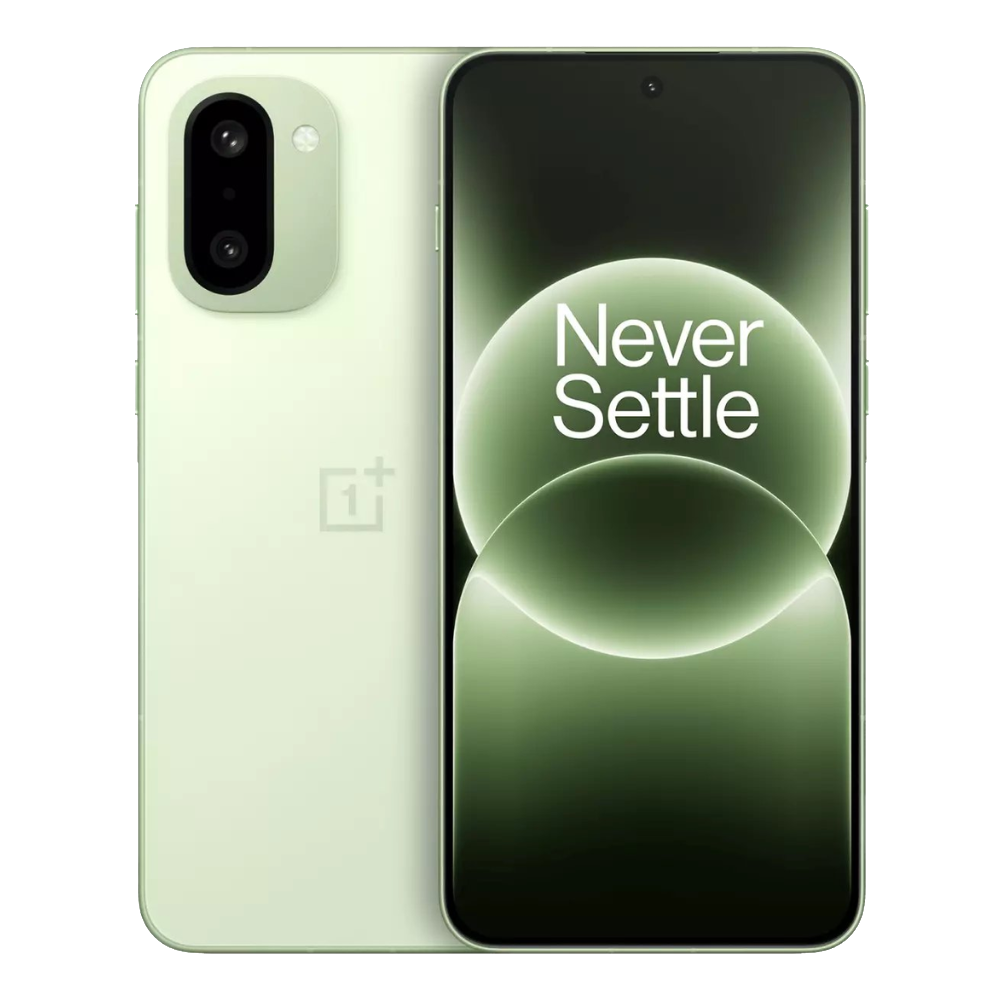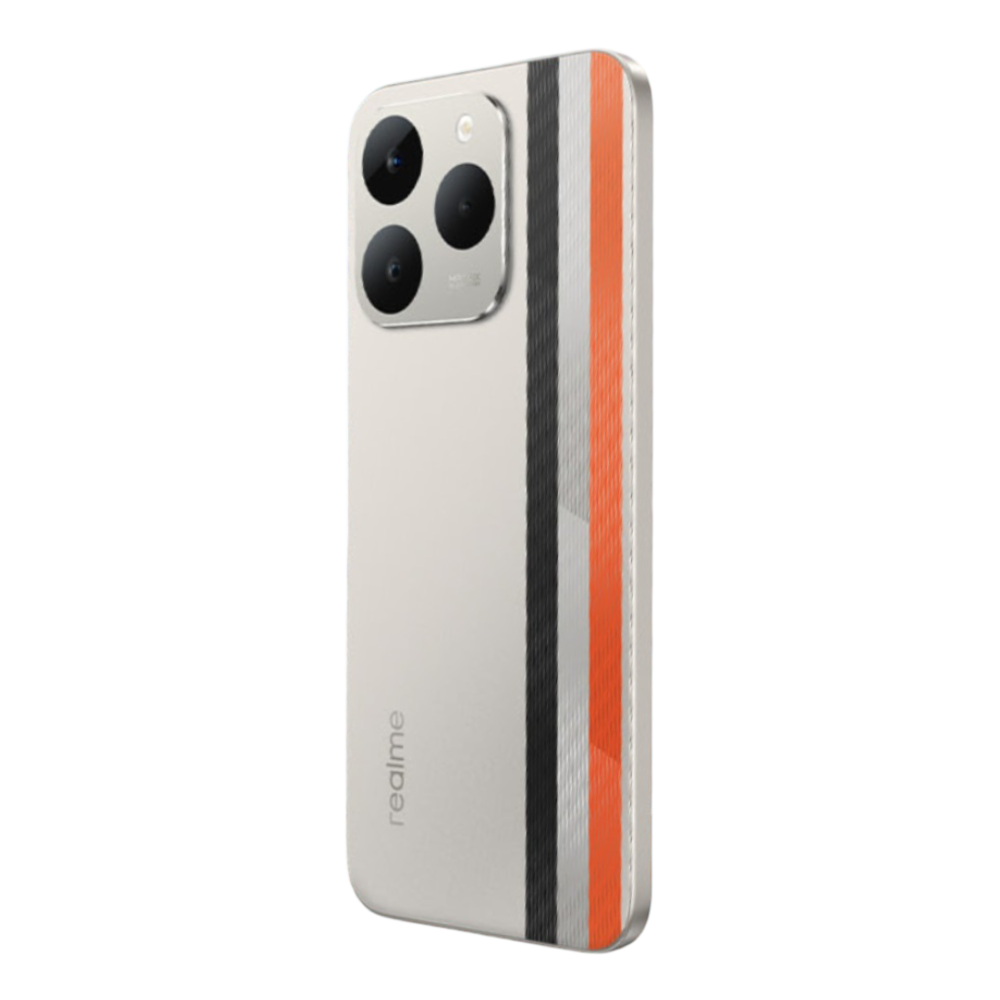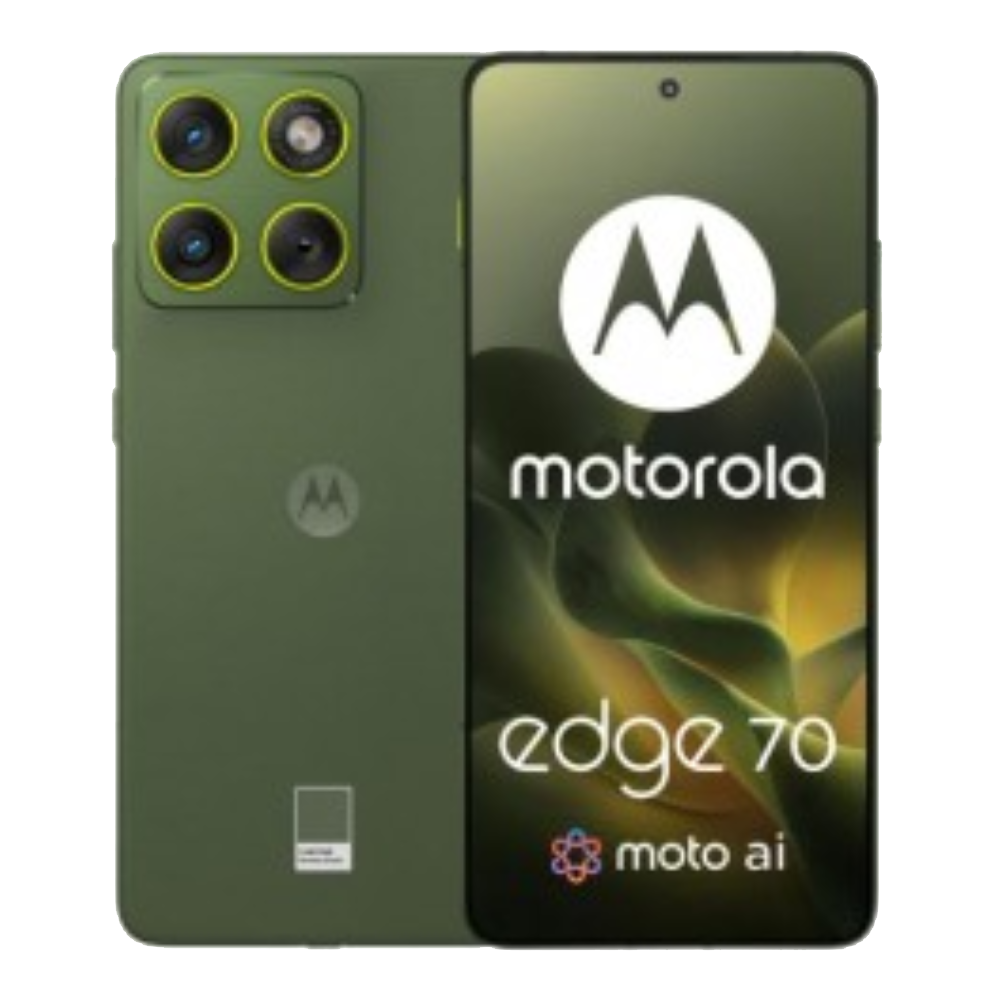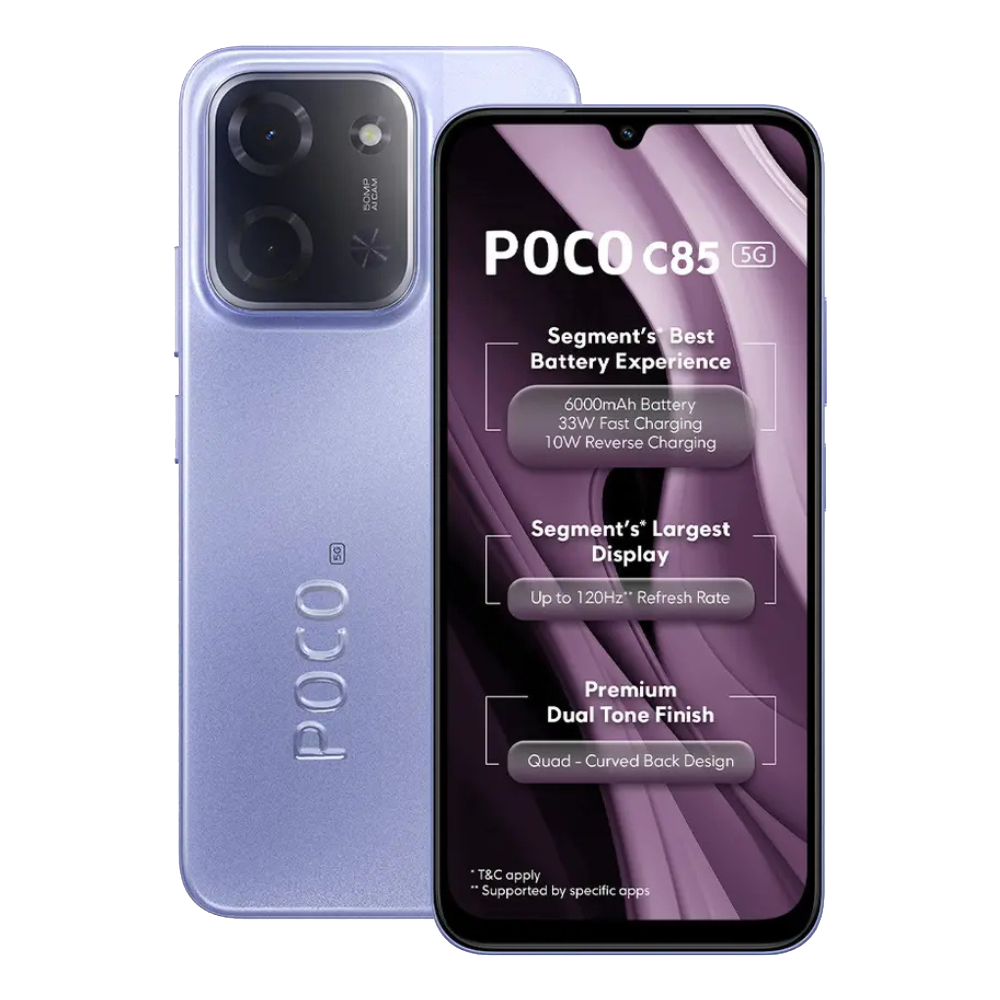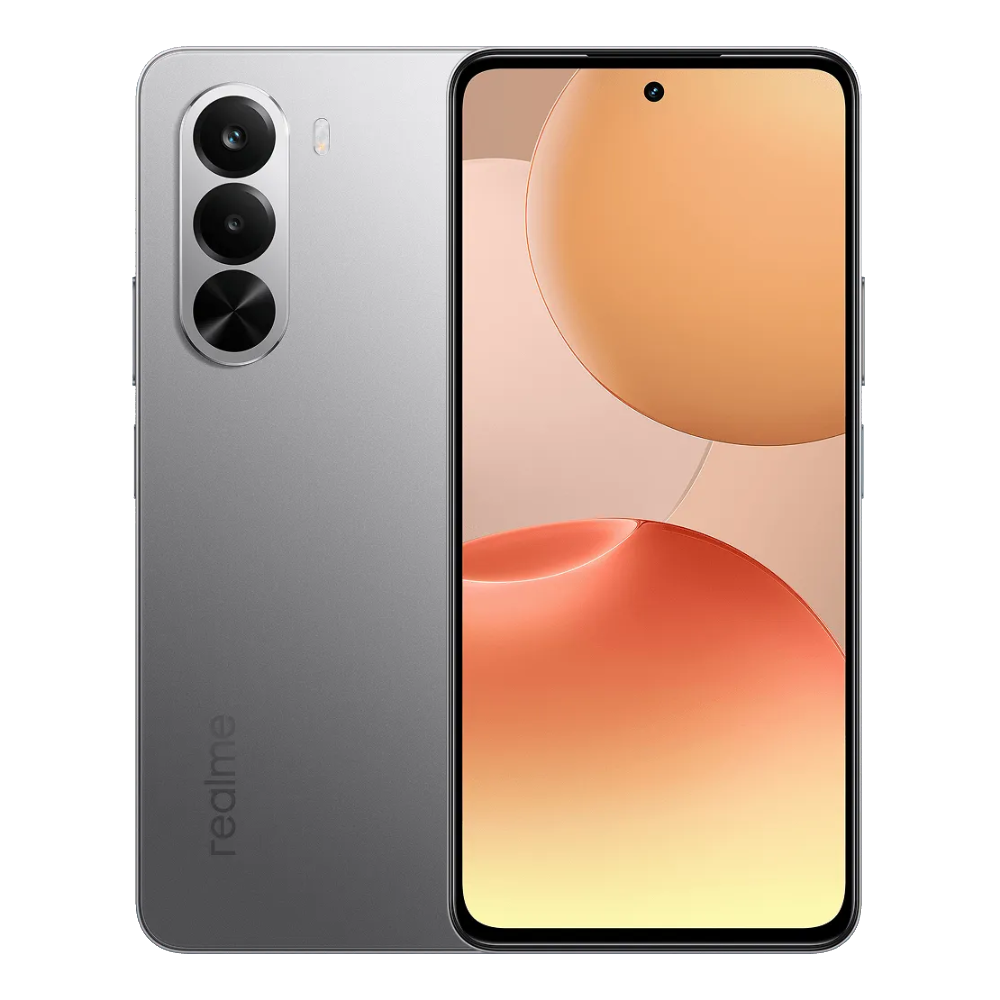Apple just announced its biggest UI design overhaul in years today at the WWDC 2025. Termed "Liquid Glass," this new design is to make "apps and system experiences more expressive and delightful while being instantly familiar." This design language features translucent, reflective and dynamic UI elements that elevate the overall look and feel of Apple's operating systems. Taking on a yearly naming scheme, these OSes include iOS 26, iPadOS 26, macOS Tahoe 26, watchOS 26, and tvOS 26.
Inspired by the Apple Vision Pro's VisionOS, the Liquid Glass redesign adds glass-like UI elements across the platform, mimicking the optical qualities of glass. As Alan Dye, Apple’s vice president of Human Interface Design, added, this new design can intelligently adapt to the content and context on the screen.
This is our broadest software design update ever. Meticulously crafted by rethinking the fundamental elements that make up our software, the new design features an entirely new material called Liquid Glass. It combines the optical qualities of glass with a fluidity only Apple can achieve, as it transforms depending on your content or context. It lays the foundation for new experiences in the future and, ultimately, it makes even the simplest of interactions more fun and magical.
— Alan Dye, Vice President of Human Interface Design, Apple
From buttons, switches, sliders, text, and media controls, to tab bars and sidebars, Apple is using Liquid Glass everywhere. App icons have also been redesigned from the ground up to match the new design principle and add a new, clear look that sits between light and dark mode. And speaking of modes, with real-time rendering and dynamic movement reactions, Liquid Glass seamlessly adapts to the interface when toggled between the light and dark modes.
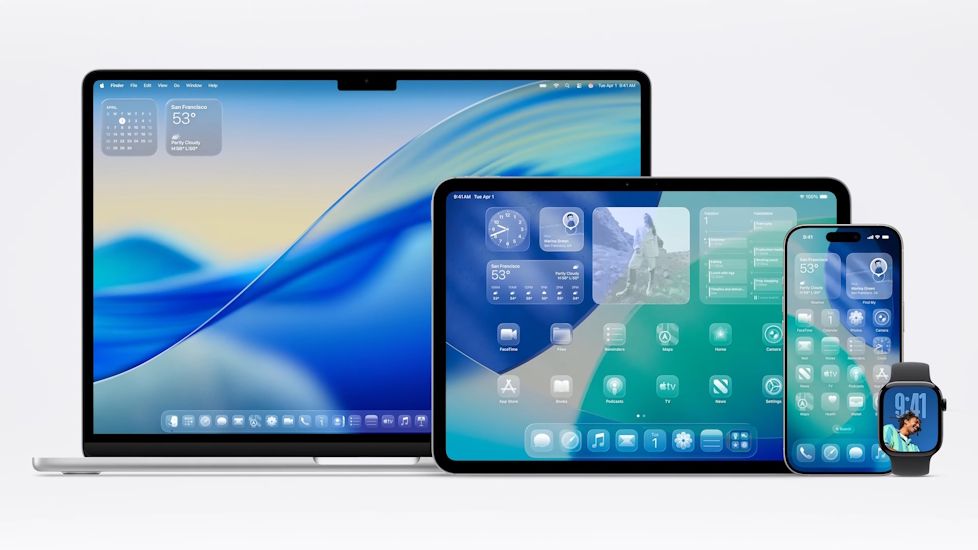
Apple also showcased the redesigned Camera, Photos, Safari, FaceTime, Apple Music, Apple News, and Apple Podcasts apps featuring the Liquid Glass design language. These apps intelligently integrate the tab bar, which can shrink in size when you scroll and can still keep the key navigation elements intact.
The lockscreen on iOS 26 now has a translucent time that dynamically adapts behind the subject and can also stretch to fill the screen. Meanwhile, macOS Tahoe 26 receives the new glass-like update in the form of the menu bar, the dock, widgets, sidebars and toolbars.
This new design language will expand further in the coming days and developers can start adjusting their apps to the new design language using SwiftUI, UIKit, and AppKit via an updated set of APIs.
With that said, Apple's latest iOS 26, macOS 26, iPadOS 26, and other OSes adorning the new design are currently available to test out through the Apple Developer Program.
